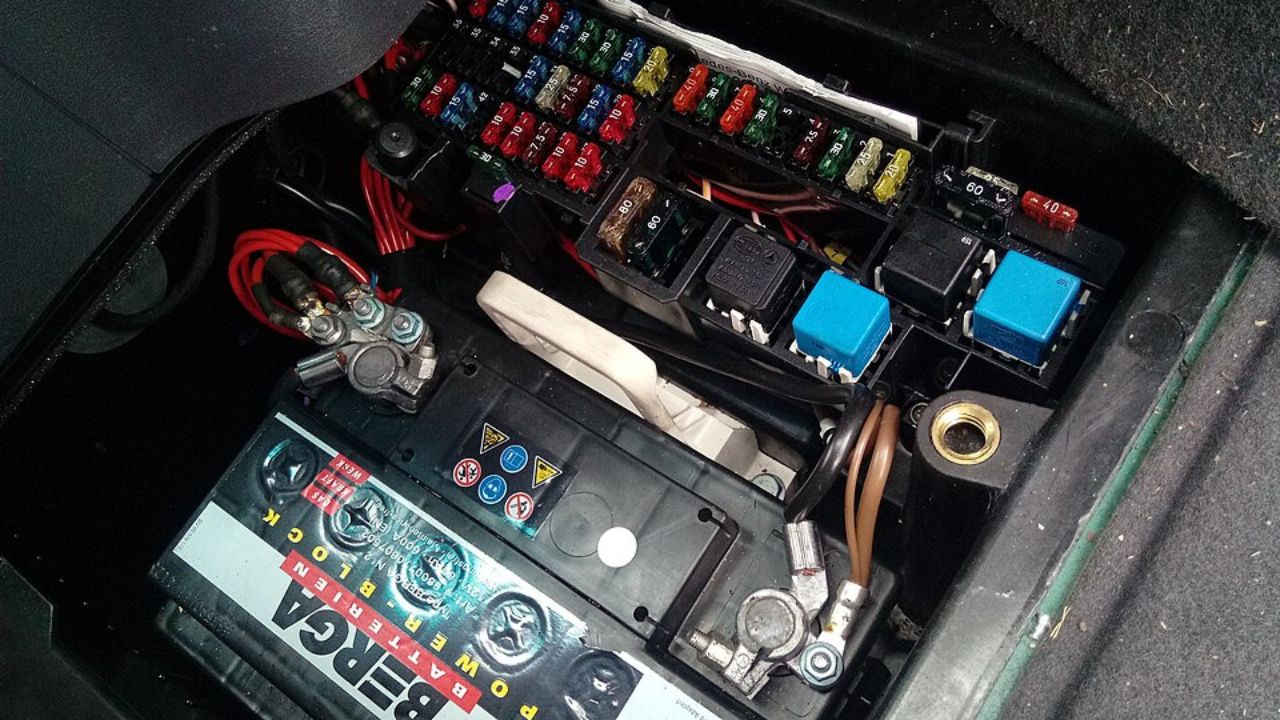The shift towards electric vehicles (EVs) is accelerating, bringing with it a pressing need to address the environmental impact of automobile batteries. With millions of batteries reaching the end of their lifecycle, new recycling regulations are on the horizon to manage waste and promote sustainability. Upcoming regulations aim to transform how the automotive industry and consumers handle end-of-life EV batteries, promoting more sustainable practices.
Understanding the Current Landscape
The current landscape of battery recycling in the automotive industry is a patchwork of practices heavily dependent on regional capabilities and regulations. While some countries boast advanced recycling systems, others lag behind, primarily due to technological and economic barriers. For instance, in the United States, only about 5% of lithium-ion batteries are recycled, a stark contrast to the nearly 99% recycling rate of lead-acid batteries used in traditional vehicles. This discrepancy underscores the need for more effective and widespread recycling solutions for EV batteries.
Challenges in current recycling efforts are multifaceted. Technological limitations, such as the complexity of recycling lithium-ion batteries and the need to recover valuable materials like lithium, cobalt, and nickel, pose significant hurdles. Economically, the recycling process is often not cost-effective, deterring investment from potential stakeholders. Moreover, the lack of standardized international benchmarks and recycling standards complicates efforts, as countries strive to develop domestic policies that align with global best practices.
Key Features of the New Regulations
The proposed regulations are set to introduce specific targets and deadlines aimed at enhancing battery recycling rates and reducing environmental impact. One of the key features includes a mandate for manufacturers to increase the recyclable content of their batteries by a certain percentage within the next five years. For example, the European Union is considering regulations that set specific material recovery targets for battery recycling, including recovering 50% of lithium and 90% of cobalt, nickel, and copper by 2027, with higher targets applying from 2031.
Under the new rules, obligations will not only fall on manufacturers but also on distributors and consumers. Manufacturers will be required to implement take-back programs, ensuring that end-of-life batteries are collected and processed responsibly. Distributors may have to provide clearer information about battery recycling options to consumers, while incentives could be introduced to encourage consumers to return used batteries for recycling. Penalties for non-compliance could range from fines to more severe sanctions, while incentives might include tax breaks or grants for companies investing in innovative recycling technologies.
Impact on the Automotive Industry

The automotive industry is poised to undergo significant changes as it adapts to the new regulatory landscape. Manufacturers are already exploring various strategies to meet these requirements, such as redesigning batteries to make them easier to disassemble and recycle. For instance, Tesla has announced plans to develop batteries with fewer rare metals and a longer lifespan, which could simplify the recycling process and reduce costs.
However, these changes are not without cost implications. The production and pricing of electric vehicles could be affected as manufacturers invest in new technologies and processes to comply with regulations. Despite the potential for increased costs, the industry also sees opportunities for innovation. Advancements in battery design and recycling technologies could lead to more efficient recycling processes, ultimately making EVs more affordable and environmentally friendly in the long run.
Environmental and Economic Implications
From an environmental perspective, the new regulations are expected to yield significant benefits. By improving recycling rates, the industry can reduce the amount of waste sent to landfills and decrease reliance on mining for raw materials. This reduction in mining activities can lead to lower greenhouse gas emissions and less environmental degradation, contributing to a cleaner, more sustainable future.
Economically, the regulations could stimulate job creation in the recycling sector. As demand for recycling facilities and services increases, new opportunities for skilled labor and technological innovation will emerge. The development of a robust recycling industry could also foster more sustainable resource management, reducing dependency on volatile global supply chains for critical battery materials. In the long term, these changes could lead to greater energy conservation and a more resilient economy.
Preparing for the Transition
As the shift towards comprehensive recycling regulations takes place, consumers can play a crucial role in supporting these efforts. By staying informed about recycling options and participating in take-back programs, consumers can help ensure that used batteries are responsibly processed. Additionally, choosing vehicles from manufacturers that prioritize sustainability and recycling can further reinforce these practices.
For businesses, integrating regulatory compliance into their operations will be key to navigating this transition. Companies should consider investing in research and development to innovate new recycling technologies and processes. Establishing partnerships with recycling companies and other stakeholders can also enhance a business’s ability to adapt to regulatory changes efficiently.
Public awareness and education will be instrumental in fostering a culture of sustainability. Governments and organizations can work together to launch campaigns that educate the public about the importance of battery recycling and how individuals can contribute to these efforts. By building a collective understanding of the environmental and economic benefits of recycling, society can move towards a more sustainable and responsible future.
Like Fast Lane Only’s content? Be sure to follow us.
Here’s more from us:
*Created with AI assistance and editor review.







Leave a Reply